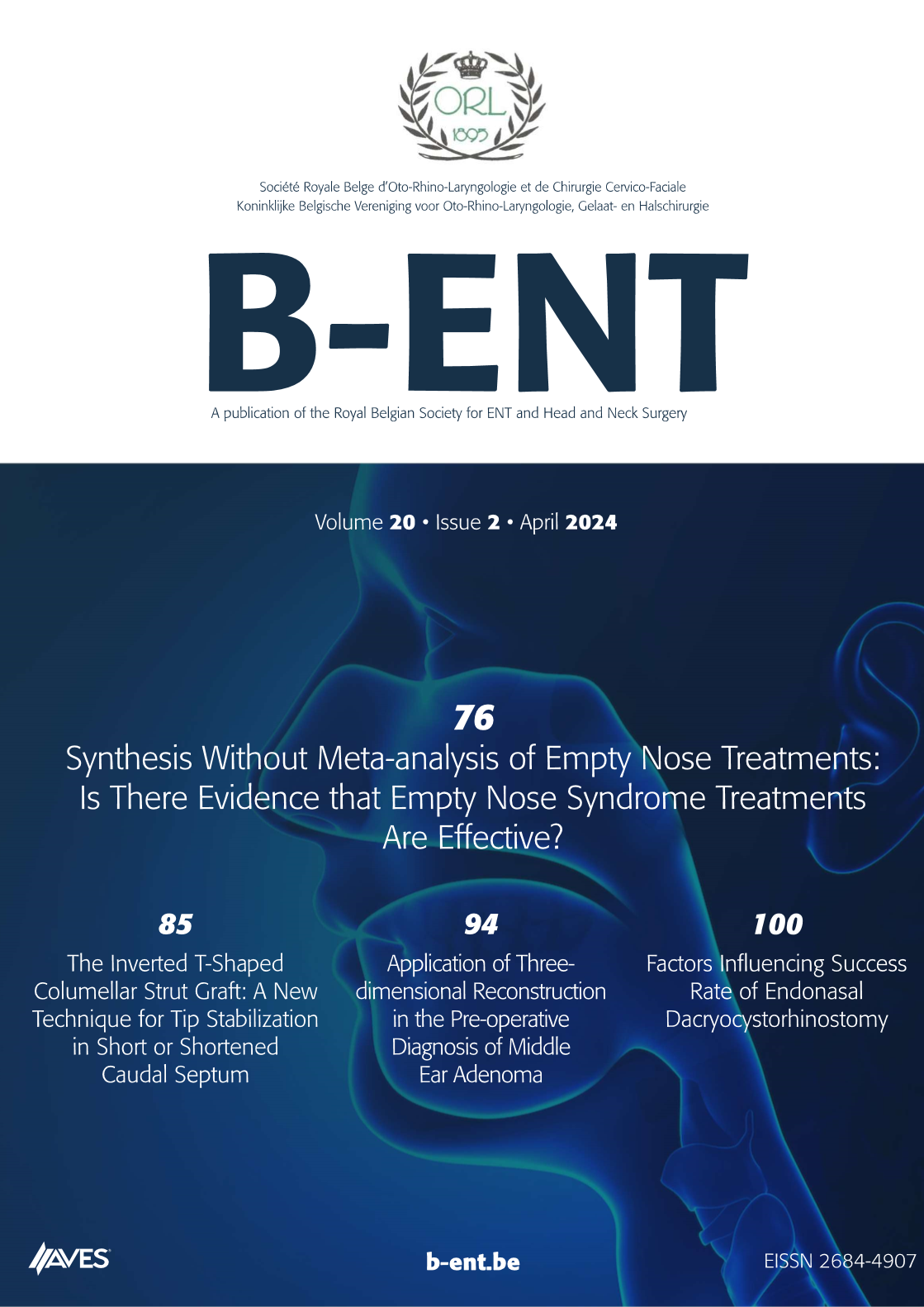Early hearing aid fitting in children: challenges and results. A universal programme of newborn/early hearing screening was introduced fifteen years ago in the northern part of Belgium (Flanders) by the Government Health Service ‘Kind en Gezin’ (Child and Family). Since then, large numbers of hearing-impaired babies have been fitted with conventional hearing aids at a very young age, mostly before the age of 2-3 months. As a result of the early hearing screening programme, the decision to proceed with a cochlear implant is now taken much earlier. Fitting hearing aids in very young children is always part of a continuous diagnostics approach based on cross-checks and a combination of objective and subjective audiometry. It is also a component of a multidisciplinary approach, with parents as the essential party. Fitting hearing aids in very young children cannot be separated from this approach. This article therefore stresses the positive evolution of the last fifteen years in the context of three basic elements for helping young children with hearing loss and their families: diagnostics, fitting hearing aids and treatment. Early screening and the consequent early diagnosis of hearing loss in neonates triggered the transformation of support arrangements for young children with hearing loss and their families.



.png)
